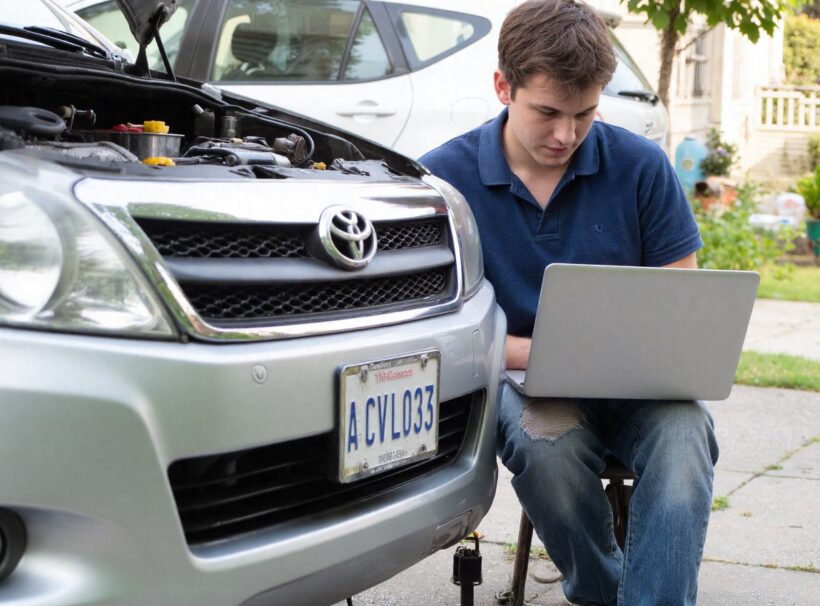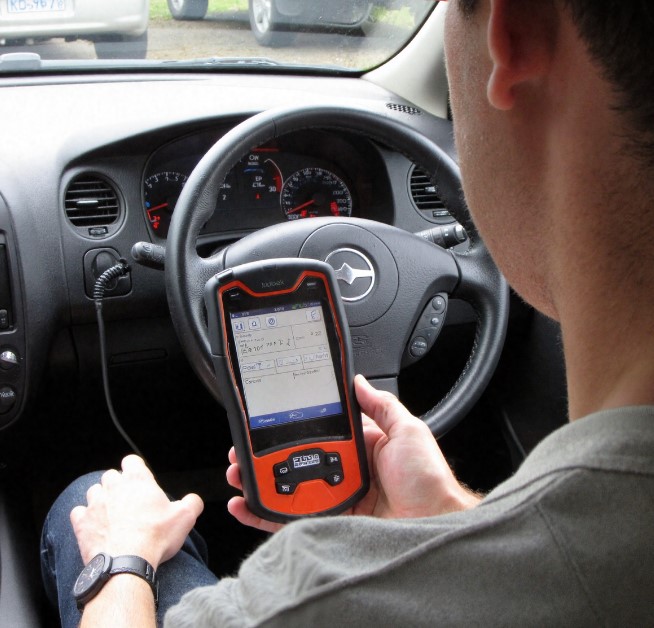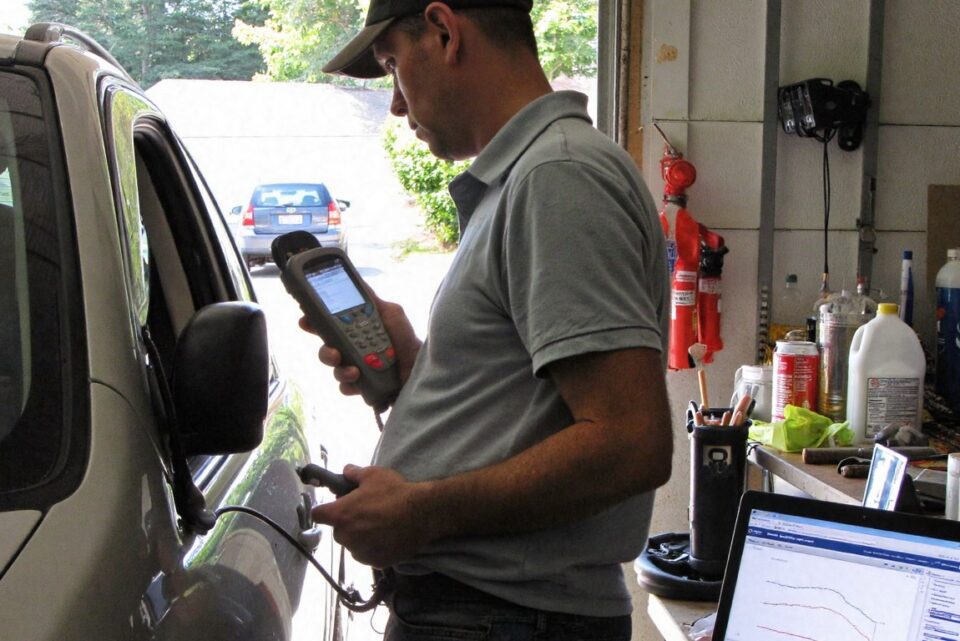Running a full vehicle diagnostic at home might sound like a job for a mechanic with expensive gear—but it’s not. If you’re someone who enjoys turning wrenches on the weekend or just want to stay ahead of any costly surprises, learning how to run diagnostics yourself is an essential skill. With the right tools and some knowledge, you can catch issues early, save serious money, and stay in control of your car’s health without a shop visit every time.
Key Highlights
- Home diagnostics can detect engine problems, emissions issues, and electrical faults.
- A basic OBD2 scanner is your most important tool—simple to use and affordable.
- Understanding trouble codes helps you decide what needs fixing now vs. later.
- Live data lets you catch intermittent problems that basic scans might miss.
- Resetting warning lights after fixes is safe when done correctly.
- Not all scanners are equal—know which features actually matter.
Why At-Home Diagnostics Are Worth It

Let’s get one thing straight—modern cars are computers on wheels. They’ve got sensors, modules, and electronic systems working together 24/7. When something goes wrong, your vehicle doesn’t just break—it logs it.
Being able to read and interpret those logs puts you one step ahead. Think of it as the modern oil dipstick: not flashy, but vital. And more importantly, it helps you avoid relying on vague advice from random forums or overpriced shop visits that may not even fix the root issue.
What You Need to Get Started
Running diagnostics doesn’t require a full garage setup. In fact, it all begins with one core device: the OBD2 scanner.
- OBD2 Scanner: This plugs into your car’s diagnostic port, usually located under the dashboard near the steering column.
- Smartphone or Tablet: Some scanners pair with apps for enhanced data display and easier use.
- Diagnostic App (if needed): Popular ones include Torque, Car Scanner ELM OBD2, or OBDeleven for VW/Audi models.
- A Notepad or Screenshot Tool: You’ll want to keep records of codes and data, especially if problems recur.
Many modern diagnostic tools also help detect electronic irregularities or unknown system behavior. If you’re skeptical about how advanced some of these tools have become, you can even verify the authenticity of AI-generated repair info using an AI detector free tool. It’s helpful when sorting real tech advice from robotic fillers.
How to Use an OBD2 Scanner Properly
Start with a cold engine, make sure the car is off, and locate the OBD2 port—usually found just under the dash on the driver’s side.
- Plug in the Scanner
It powers on using the car’s battery. Most will auto-start once plugged in. - Turn the Key to “On” (But Don’t Start the Engine)
This powers up your vehicle’s computer and gives access to all sensor readings. - Read Trouble Codes
Select “Read Codes” or “Diagnostics” in your app or device. You’ll see codes like “P0302” (Cylinder 2 misfire). Write these down. - Search or Decode Codes
You can use in-app descriptions, or search them online to understand what they mean for your specific make and model. - Reset the Check Engine Light (if applicable)
Only do this after verifying and resolving the issue. Resetting without fixing can mask ongoing problems.
What Trouble Codes Really Mean
Not all error codes mean “go to the mechanic immediately.” Some are warnings, others are soft faults. Here’s how I break them down:
- P0xxx Codes: These are universal powertrain codes—serious ones usually.
- C0xxx: Chassis-related. Think ABS, suspension, etc.
- U0xxx: Network or communication errors between vehicle modules.
If your check engine light flashes, stop driving. That usually means a critical issue like a severe misfire.
Benefits of Live Data Readings
This is where diagnostics really gets interesting. Most scanners today offer live data—real-time information from your vehicle’s sensors.
Key data points to monitor:
- Fuel trims (helps detect vacuum leaks or fuel issues)
- Oxygen sensor voltage (shows how well combustion is happening)
- Coolant temp (early sign of thermostat or water pump issues)
- RPM and load (can help pinpoint drivability concerns)
By watching this data while the engine runs, you’ll spot problems that don’t always throw a code. For example, rough idle with normal codes could be seen in fluctuating RPM or misbehaving fuel trim.
Common Problems You Can Spot at Home
Diagnostics aren’t just for fixing problems—they help you prevent them. These are the most common issues I’ve seen and diagnosed from my own driveway:
- Faulty O2 sensors
- Evaporative emission leaks (loose gas cap!)
- Cylinder misfires
- MAF sensor irregularities
- Stuck EGR valves
Here’s what you can usually fix yourself:
- Loose connectors or vacuum leaks
- Replacing sensors (most are easy access with basic tools)
- Battery and alternator diagnostics
When to Let a Pro Handle It
Now, I’m all for doing it yourself—but you’ve got to know when it’s above your pay grade.
- Transmission faults: Requires advanced diagnostics and internal access
- Airbag system codes: Not something you want to guess with
- Multiple modules with errors: Could be a failing ECU or grounding issue
If you’re getting dozens of unrelated codes, don’t just reset them—there’s likely a deeper electrical issue at play.
Choosing the Right OBD2 Scanner

Not all scanners are made equal. Here’s what matters when shopping for one:
- Compatibility: Make sure it works with your car’s year, make, and model.
- Live Data Support: Some cheap ones only pull codes.
- App Integration: Bluetooth scanners paired with a solid app often provide the most intuitive experience.
- Updates: Make sure the scanner or app gets regular updates for newer vehicles.
Key things to avoid:
- Devices without code definitions built-in
- Tools that only work on Android or iOS if you use both
- Cheap knockoffs that may misread codes or not support your ECU properly
Final Thoughts: Diagnose, Don’t Guess
Running a full diagnostic on your vehicle at home isn’t about being a mechanic—it’s about being informed. Every time that check engine light pops on, you’ve got a choice: ignore it, panic, or plug in and know what’s going on.
With a good OBD2 scanner, a little patience, and some basic know-how, you can save thousands over time and build a real relationship with your vehicle.
Whether you’re maintaining your daily driver or tuning a project car, at-home diagnostics is no longer optional—it’s the new standard.

